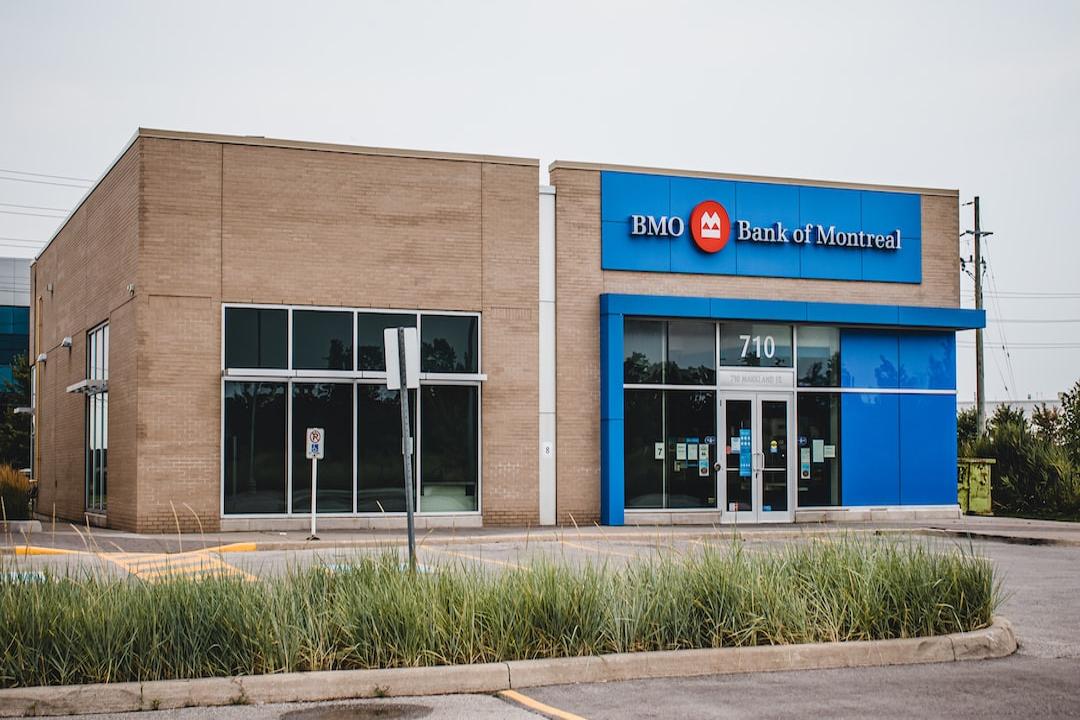The price of Bitcoin soared to $59,000 on February 28, reaching a new peak for the first time in two years at $59,485, and only experiencing a 13% decline from its all-time high of $68,789. As the price of BTC approaches its historical high in US dollars, it has already surpassed previous records against various fiat currencies.
In recent days, Bitcoin (BTC) has achieved all-time highs against currencies such as the Japanese yen, Malaysian ringgit, Indian rupee, new Taiwan dollar, South Korean won, Chilean peso, Australian dollar, Chinese yuan, South African rand, Norwegian krone, and Turkish lira.
These new BTC highs against these currencies indicate their decreasing market value as a result of rising inflation. Over time, the purchasing power of a currency diminishes due to inflation.
Market analysts suggest that Bitcoin has entered a phase of price discovery after breaking the crucial resistance level of $57,000. With the Bitcoin halving just 49 days away, the bullish momentum for Bitcoin could lead to new highs post-halving, as observed in previous instances.
Historically, the price of Bitcoin has surged at least 270% after each halving event. Prior to the halving in 2012, Bitcoin was priced at $12, which skyrocketed to $964 a year later. Similarly, before the 2016 halving, BTC was valued at $663, which surged to $2,500 within a year. In 2020, Bitcoin was priced at $8,500 before the halving, and just over a year later, it rose to $68,783.
Each bull cycle is driven by a specific factor. In 2017, the retail sector propelled the BTC price to $17,000, while institutional demand has played a major role in driving BTC to nearly $69,000 in 2021. Market analysts predict that in 2024, institutional players will continue to dominate the market, as evidenced by the daily net inflows into new spot Bitcoin exchange-traded funds (ETFs) in the United States.
Spot Bitcoin ETFs have been receiving an average of nearly half a billion dollars in daily inflows, while the new BTC being introduced to the market meets only one-tenth of the current demand from spot Bitcoin ETFs. Analysts believe that the significant institutional demand and limited supply, further reduced by the upcoming halving, will act as a catalyst for the BTC price post-halving.
At the time of writing, the price of Bitcoin is trading at $59,400, recording a 5% increase in the past 24 hours.

